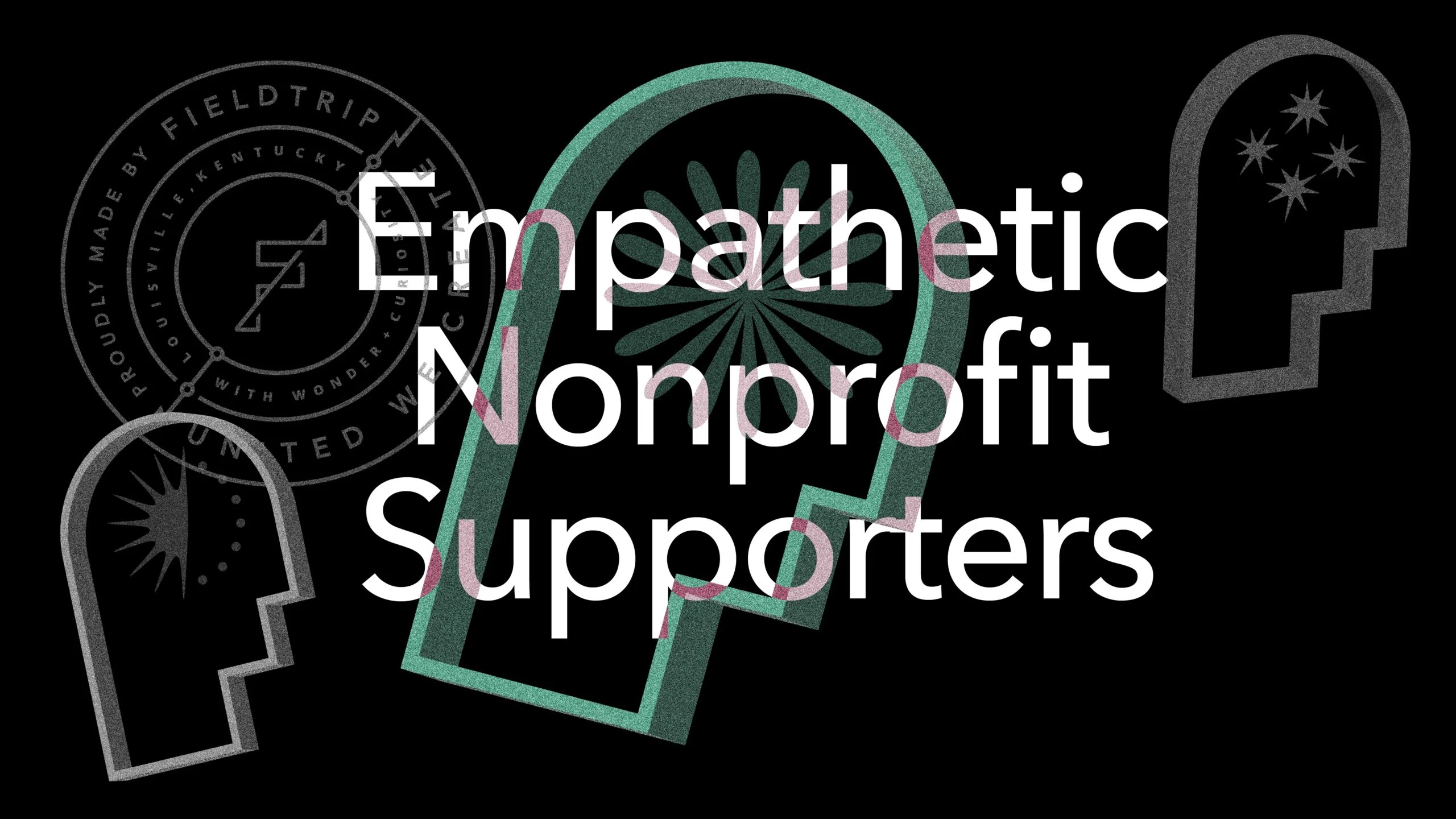Have you ever encountered a donor who seems a bit unsure, maybe even skeptical about your nonprofit’s efforts? You’re not alone. In fact, a significant portion of nonprofit supporters falls under this category. These individuals—whom we refer to as skeptical supporters—are still supporters, but their motivations and beliefs differ from our empathetic donors. Today, let’s dive deep into how to effectively communicate and engage with this crucial yet often overlooked group.
Understanding Skeptical Supporters
Fieldtrip’s custom research identified three types of nonprofit supporters: empathetic, skeptical, and disconnected. Skeptical supporters account for nearly a third of the giving population. Despite their name, they are active donors and volunteers. Their primary motivation for giving often revolves around recognition and the perception that they are good people. This group tends to believe that beneficiaries’ challenges stem from poor decisions and that there’s a limit to how much nonprofits should help.
Strategies to Engage Skeptical Supporters
Adapting your communication strategy to meet the needs of skeptical supporters can transform their hesitancy into commitment. Here are effective ways to connect with them:
- Emphasize Recognition: Skeptical supporters value recognition. Instead of placing the spotlight solely on the organization’s mission or achievements, frame your stories to highlight how donors play a crucial role in these successes.
- Share Success Stories: Use case studies and examples that provide both a human element and quantifiable data. Skeptical supporters need to see both the emotional impact and the tangible outcomes of their contributions.
- Transparent Reporting: Transparent and detailed financial reporting is critical. Show them exactly how their donations are being used, but avoid talking about mission dollars vs. overhead dollars. Focus instead on clear, understandable breakdowns that show value and impact.
Engaging skeptical supporters requires a thoughtful, strategic approach that focuses on recognition, transparency, and tangible outcomes. By aligning your communication to meet their needs, your nonprofit can convert their hesitancy into unwavering support. Remember, skepticism isn’t a barrier—it’s an opportunity to build a deeper, more meaningful connection with a significant portion of your donor base.

